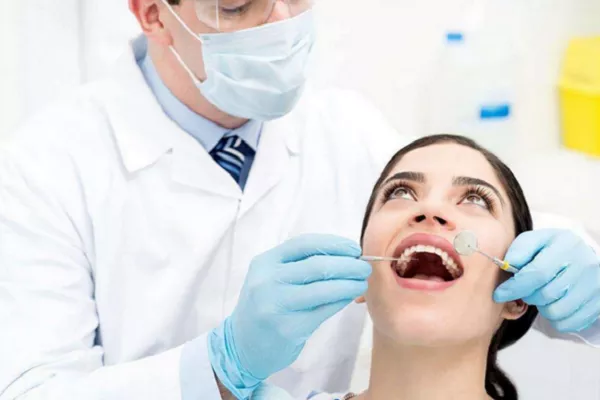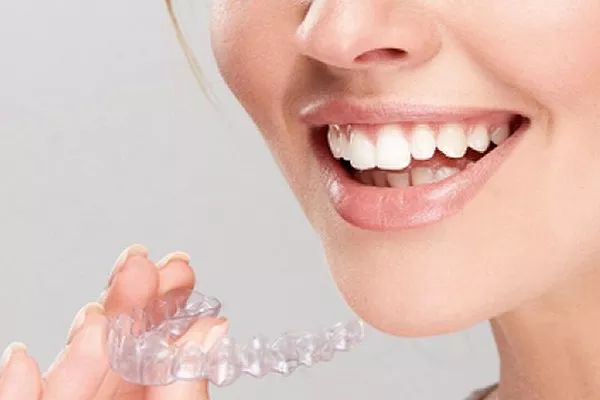Maintaining excellent oral hygiene is key to preserving your dental health, and regular dental cleanings are an essential aspect of this regimen. While professional cleanings are vital, there are also effective ways to perform dental cleaning at home using the right tools. In this article, we’ll explore various dental cleaning tools and techniques you can incorporate into your oral care routine, ensuring a healthy smile between dental visits.
Understanding Dental Cleaning Tools
Toothbrush: The foundation of your oral care routine, a soft-bristled toothbrush is essential. Ensure you brush your teeth for at least two minutes, twice a day, using a fluoride toothpaste. Hold the brush at a 45-degree angle to your gums and use gentle, circular motions.
Dental Floss: Flossing helps remove food particles and plaque from between your teeth and along the gumline. Use about 18 inches of floss, wind it around your middle fingers, and glide it between each tooth using a gentle sawing motion. Curve the floss into a C-shape against the tooth to clean it effectively.
Interdental Brushes: These small brushes are ideal for cleaning between teeth that have slightly more space between them. They can be particularly useful for individuals with braces or bridges.
Water Flossers: Water flossers use a stream of water to remove debris and plaque from between your teeth and along the gumline. They can be especially beneficial for people with braces or sensitive gums.
Tongue Scrapers: Cleaning your tongue helps eliminate bacteria that contribute to bad breath. Gently scrape your tongue from back to front to remove the buildup.
Using Dental Tools Safely and Effectively
Choose the Right Tools: Consult your dentist before introducing new tools into your routine. They can recommend tools that suit your specific needs and provide proper guidance.
Proper Technique: Whether you’re using a toothbrush, floss, or interdental brush, technique matters. Be gentle to avoid damaging your gums and teeth. Brushing too hard can lead to enamel erosion and gum recession.
Regular Replacements: Change your toothbrush or brush head every three to four months or sooner if the bristles become frayed. Replace floss or interdental brushes as needed to ensure optimal effectiveness.
Individualized Approach: Not all tools work for everyone. Experiment with different options and find what suits your comfort and needs. Your dentist can provide valuable insights.
Creating an Effective Dental Cleaning Routine
Consistency: Consistency is key when it comes to dental care. Brush and floss daily without fail to maintain a clean and healthy mouth.
Timing Matters: Brushing after meals helps remove food particles and prevent bacterial growth. However, wait at least 30 minutes after eating before brushing, as brushing immediately after meals can harm your enamel.
Flossing Frequency: Aim to floss at least once a day to clean areas your toothbrush can’t reach effectively.
Supplement with Mouthwash: Using an antimicrobial or fluoride mouthwash can further enhance your oral care routine by reducing bacteria and strengthening enamel.
When to Seek Professional Care
While at-home dental cleaning tools are effective, professional dental cleanings are irreplaceable. Schedule regular dental check-ups every six months for a thorough cleaning, examination, and professional guidance.
Conclusion
Maintaining optimal oral health requires a combination of professional care and a consistent at-home routine. Using dental cleaning tools at home, such as toothbrushes, floss, interdental brushes, and water flossers, empowers you to take charge of your oral hygiene. By choosing the right tools, practicing proper techniques, and adhering to a well-rounded dental cleaning routine, you can ensure a radiant smile and lasting dental health. Remember, your dentist is your partner in this journey, providing guidance and support to help you achieve and maintain a healthy, confident smile.
Related Topics:





























